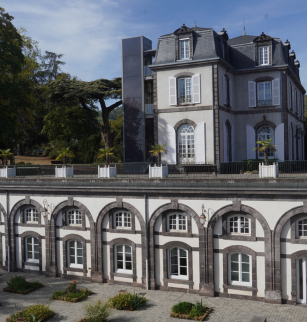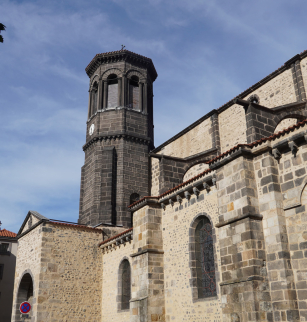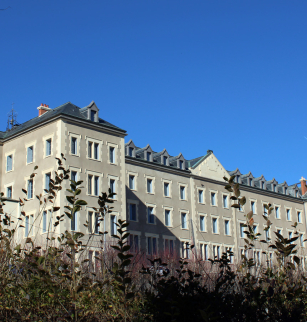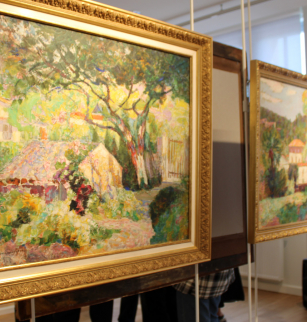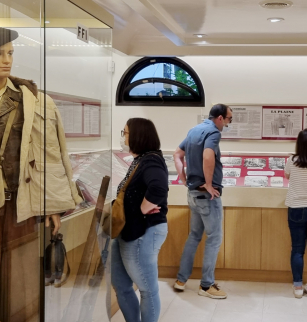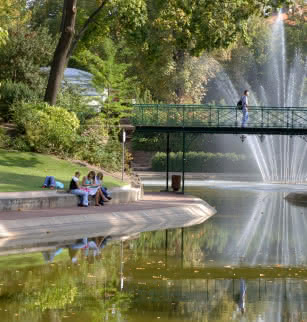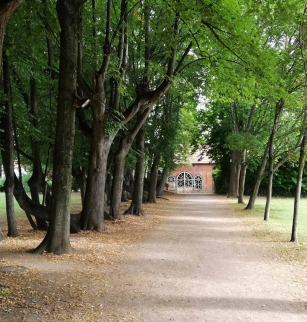Parc Bargoin - Pavillon de Bellevue

Bargoin park was designed based on an English-style garden, featuring picturesque elements. In its centre sits an 18th century building, formerly the country house of the previous owner of the estate.
In 1868, Jean-Baptiste Bargoin, a pharmacist in Clermont-Ferrand, purchased the Bellevue estate from the Onslow family. Bargoin and Henri Lecoq made a fortune with the invention of “Gland doux”, a beverage made from acorns, rye and chicory. At his death in 1885, Bargoin left the property to the Puy-de-Dôme departmental council and it was made a public park. It established very strict regulations that remain in force today.
Bargoin park overlooks a broad landscape. It was designed according to the English garden model where an artificially wild nature is reinvented by humans. The winding paths offer varied views and reveal picturesque elements including the chalet, bandstand, dovecotes, pond, statues, La Semeuse (by sculptor Jean Ossaye-Mombur) and the Faun. In the centre, the Pavillon de Bellevue (18th century) was Bargoin’s country house. The Tour des Deux Frères (Tower of the Two brothers), resembling a fake ruin, commemorates his sons, Joceyln and Edmond, who died young from tuberculosis. The park measures 7 hectares and features 800 trees of 60 different species, including one hundred-year-old sequoias, Lebanese cedars and Gingkos biloba.
Extract from the antiquated but protective regulation:
· Carts are not permitted to operate.
· Luxury cars can access the park but are not permitted to park.
· Drink stands and cafés of any sort are formally prohibited so that the park does not become a vulgar entertainment venue.
· During the week or on Sundays, music is permitted in the park, but any sort of ambulatory music is formally forbidden.
Additional information
The Bellevue pavilion cannot be visited.
Opening dates and times
All year round, daily.
Services and equipment
| Single visit : | Unguided individual tours available permanently |
|---|---|
| Equipment : | Public WC |
Prices
- Free entry.









